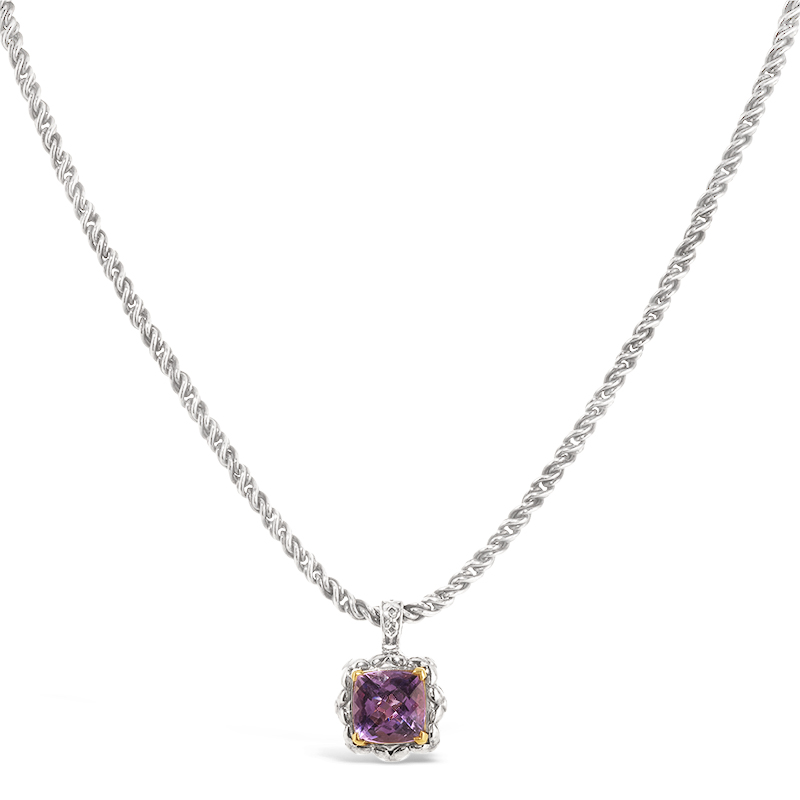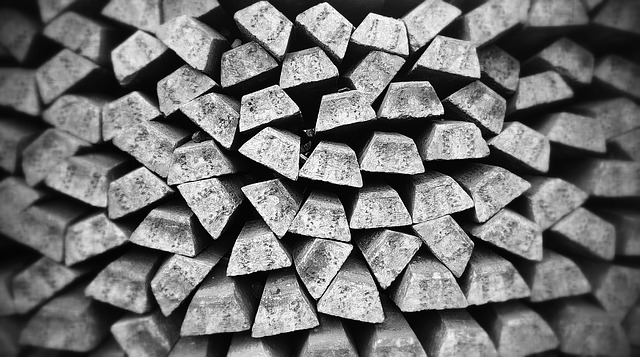Pure silver possesses a unique, lustrous white color, which makes it very desirable for use in jewelry. The alloy known as sterling silver originated in continental Europe around the 12th century, well before white gold was created in the 19th century and before platinum could be produced in commercial quantities. You can check out how silver is combined with gold to create vermeil jewelry. The lustrous sterling silver alloy is a combination of 92.5% silver, with the remaining 7.5% most frequently copper. You may also find sterling silver designated as 925 silver. Per the FTC guidance, it is unfair or deceptive to mark, describe or otherwise represent…..an industry product as ‘silver,’ ‘solid silver,’ ‘sterling silver,’ ‘sterling,’ or the abbreviation ‘ster,’ unless it is at least 925/1,000ths pure silver. We use 925 sterling silver in our 100 East and Sas E Gems branded jewelry.

What is the major drawback of sterling silver jewelry?
Sterling silver has a long history of use in high value items, including coinage, jewelry, hollowware and cutlery. Since the 1840s, sterling silver has been used extensively for luxurious flatware and jewelry. One of the most desirable attributes of sterling silver is its luster, as new, shiny silver eventually is worn down into patina glow, which many jewelry buyers find quite desirable. Some jewelry makers purposely weather the surface prematurely to bring about this effect.
One of the biggest concerns with sterling silver is tarnishing, a darkening of the surface of the jewelry item. This effect is caused when the copper portion of the alloy comes in contact with ozone, hydrogen sulfide or sulfur. There are many factors which determine the rate of tarnishing. If the article is worn against the skin or on leather the tarnishing will be more pronounced than when worn on a wool sweater. In particular, certain skin types, soaps, lotions, perfumes and leather tanning fluids will react with the sterling surface turning the silver color dark.
A new sterling silver alloy has been developed to reduce the rate of tarnish. The new alloy meets the 92.5% minimum silver content requirement, but replaces some of the copper with materials which inhibit tarnishing such as zinc, gold, palladium or platinum.

